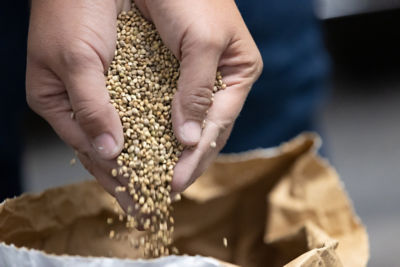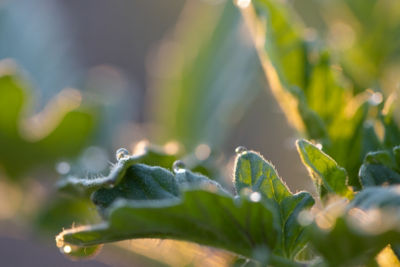Causal Agent
Verticillium dahliae, V. albo-atrum, Verticillium spp.
Distribution
Worldwide
Symptoms
These soilborne pathogens cause a wilt by blocking the vascular system of the plant. Although seedlings can be infected, symptoms usually are not observed until plants are older. In eggplant, symptoms of Verticillium Wilt infection progress slowly. A characteristic symptom of infection is a V-shaped lesion that develops on older leaf tips that later expands to cover the leaf. Infected peppers are stunted and lower leaves are slightly chlorotic. As the disease progresses in peppers and eggplant, stunting and chlorosis become severe with diurnal wilting. Wilting can be asymmetric, with sections of the plant remaining turgid. Permanent wilt and plant death follow. Dissecting through the crown of affected plants reveals dark-brown vascular discoloration, which can extend into the pith and up into the stem and branches. Fruit that form are small and deformed with internal discoloration.
 Vascular discoloration of eggplant stem.
Vascular discoloration of eggplant stem.
Conditions for Development
These fungi have an extremely wide host range and can survive in soil and plant debris for several years. Temperatures between 21° and 25° C (70° and 77° F) generally favor disease development. Verticillium enters plants through root wounds caused by cultivation, secondary root formation and nematode feeding. Symptomatic plants may be few and restricted to one area, or occur throughout an entire field or greenhouse. Disease development is favored in heavy clay soils.
Control
Soil fumigation, solarization and crop rotation to nonhosts help reduce disease incidence. Although no existing commercial varieties have resistance, grafting onto resistant rootstocks is practiced in some countries.




